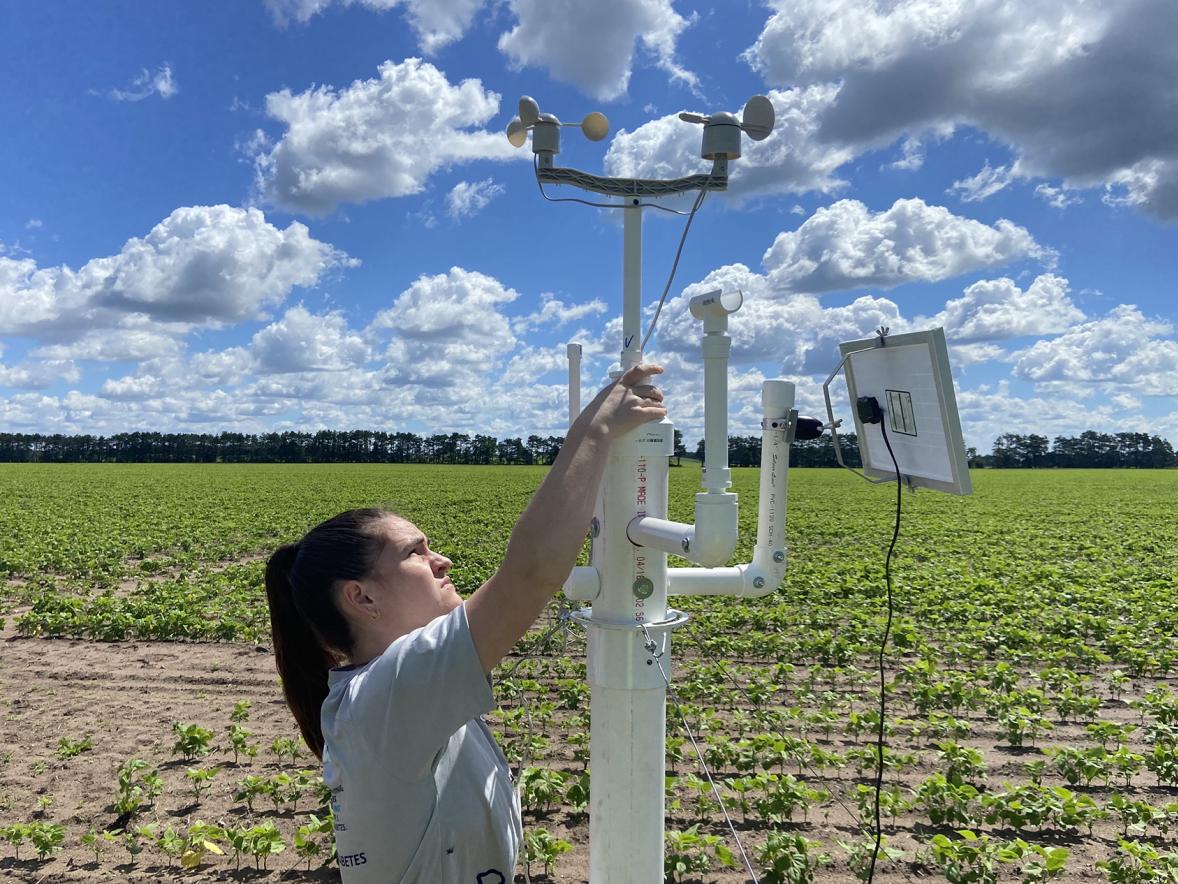When University of Wisconsin-Stout Associate Professor Kevin W. Tharp learned all classes would be going to alternative learning methods because of the COVID-19 novel coronavirus, his first thought was how could he help colleagues who may never have taught classes that way.
With the announcement to move classes to alternative methods for the rest of the spring semester and summer, Tharp heard other faculty members fret about how they would make the move. Tharp, who teaches digital marketing technology, started developing a crash course in alternative method teaching using Microsoft Sway, which is available to all UW-Stout faculty, staff and students.
He uses Sway in his own teaching, providing both text and multimedia options. “It’s easy to use,” Tharp said, noting he had the crash course for colleagues up in about a day.

Although developed with UW-Stout educators in mind, Tharp also shared it on Facebook for other teachers to use as many colleges and other educational institutions move toward online and alternative method learning environments. The program is available here.
“Since then I have been refining it and giving it more polish and depth,” Tharp said. “It is available to anybody.”
Maria Alm, UW-Stout dean of the College of Arts, Communication, Humanities and Social Sciences, said what impressed her most was Tharp’s quick response in having the crash course available in about two hours. “Kevin’s willingness to share his expertise and make it accessible to those who might be new to online teaching reflects the collaborative nature of our faculty and staff and the practical, hands-on philosophy at UW-Stout,” Alm said. “Kevin is one of our best instructors, in any delivery mode, and I’m so grateful to have him as a member of our team.”
Tharp has a depth of experience teaching online.
“I started teaching online in 2004-05,” he noted. “I learned a lot of things the hard way. I wanted people to learn from my mistakes and give them some insight into some best practices.”
Interaction is key
Tharp said educators must start with what technology they understand and move forward. “I’m trying to put out a resource to get people closer to being able to create great online content,” he added.
He urges educators to keep it simple initially when starting to teach using alternative methods. “It’s OK if it isn’t perfect,” he noted. “Everyone is going to understand their teachers are going through a learning process. Instructors also have to be forgiving of themselves during the process. They will get better at creating content and interaction with students.”
Interaction is a key, Tharp said, noting that how to interact in a way that makes sense to both instructors and students is a challenge.
One important aspect of alternative method teaching is to make sure it is accessible. Video must be captioned, which is done automatically through YouTube, and photographs should have a written description of what they show.
“It’s about Universal Design for Learning,” Tharp said. “It’s taking and building scaffolding around your content so you’re using multiple means of expression.”
James Nelson, an adjunct instructor in the early childhood education department, has had experience teaching with alternative methods but still found Tharp’s information helpful.
“Kevin's document will not only help me transition my face-to-face course to an online environment, it will also help me make improvements to my existing online courses,” Nelson said. “I know that he knows a lot about online teaching and technology in general. I was glad to have his perspective on the do’s and don'ts of online teaching, specifically as it relates to the university level. Kevin's document will be a helpful resource moving forward.”
Tips for students
For students, Tharp shared a tip many of his online students have shared with him: Don’t procrastinate.
“Many of them are experiencing something they haven’t done before, and there will likely be questions,” Tharp said.
Despite a challenge now, Tharp believes alternative method courses will give educators a better idea of what is involved in teaching that way and how to create good content for classes, expanding options in the future and opening up more opportunities for students. “You can offer the same curriculum in multiple modes,” Tharp said. “That is going to ensure flexibility for our students and some teachers too.”
Faculty and staff will also be more technologically literate as a whole, and the situation will make them more progressive and better to serve tech-savvy students, Tharp added.
Tips for those working at home
For many people, COVID-19 has meant working remotely at home for the first time. Tharp said he would encourage them to have a dedicated workspace. “Otherwise it is really easy to get distracted,” he noted.
Teaching or working alone can also get really lonely, he said. Using a video camera for calls or meetings is one way to stay engaged with others. “It is just a richer interaction when you see a voice and face connected,” he noted.
For more information about how UW-Stout is responding to the COVID-19 challenges, go to www.uwstout.edu/coronavirus.
Photos
UW-Stout Associate Professor Kevin W. Tharp, in his home office, has created a crash course to help colleagues and other educators develop alternative learning methods quickly.







